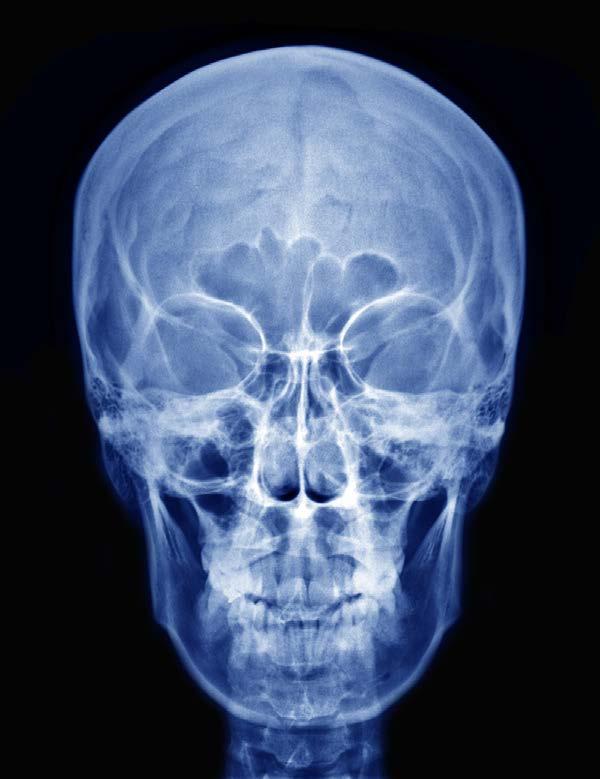
1 minute read
Lumbar Spine Films
The lateral Twinning method looks at the cervical thoracic region from a lateral perspective. This is also referred to as the swimmer’s lateral projection. The patient is sitting erect or can lie on one side. The arm rests on the head with the elbow flexed.
LUMBAR SPINE FILMS
Advertisement
The good lumbar spine film will show the lower ribs, the vertebral bodies of the lumbar spine, the transverse processes, pedicles, and spinous processes of the lumbar spine, the sacrum, and the sacroiliac joints. The intervertebral disc spaces are particularly seen on the lateral film as well as the intervertebral foraminae.
The AP or PA view of the lumbar spine can be done on the supine or prone patient. It can be done on the patient who is injured with minimal movement of the patient. The patient’s knees should be flexed to keep the spine flat against the film. The lateral film can be done on the left or right side of the patient. The arms are held at a right angle to the body with the elbows flexed. Figure 5 shows an AP and lateral film of the lumbar spine:
Figure 5.
The lateral film is done to detect injuries that cannot be seen on the AP view. The patient is supine with the beam horizontal to the patient’s spine. The hands are held on the upper chest to keep them away from the view. The knees may need to be flexed in order







